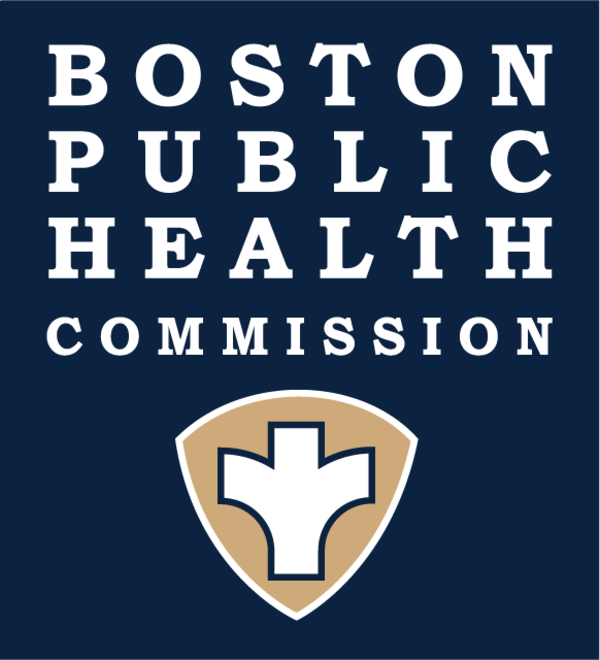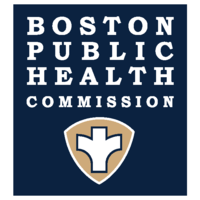Smoke-free housing for landlords and homeowners
Going smoke-free keeps costs down and makes buildings easier to maintain and manage. Smoke-free housing is safer and healthier, too — and it’s in high demand. Is it time you went smoke-free?
About smoke-free housing
What is smoke-free housing?
Smoke-free housing is a home or residential building(s) where smoking is not allowed anywhere inside. This includes individual apartments.
Smoke-free housing includes:
- areas around doors
- entrances, porches
- balconies
- windows to keep smoke from getting inside
A smoke-free "unit" is not the same as smoke-free "housing." All units in a building need to be smoke-free to prevent smoke from drifting into other units.
Contact us at HealthyHomes@bphc.org or 617-534-4718 for free help and support with smoke-free housing, including:
- answering questions
- training building staff
- attending resident meetings
- providing free resources
Smoke-free housing facts
Is smoke-free housing legal?
Yes, completely legal. There is no legally protected "right to smoke" in multi-unit residential buildings and properties.
Smoke-free does not discriminate against smokers
A no-smoking rule does not mean "no smokers." Smokers are welcome to live, visit, or work in smoke-free residential buildings. However, they must follow the rules to not smoke in or near the building(s).
What smoking products does a smoke-free policy include?
Anything that burns and is inhaled—tobacco, hookahs, and marijuana (including medical marijuana) – can be included in a smoke-free policy. Many landlords also include e-cigarettes, e-pipes, and other vapored products.
Learn more or download A Landlord's Guide to Smoke-Free Housing.
Find sample documents you can adapt and use.
Reasons to go smoke-free
It's a smart decision.
Cost savings
A smoke-free property protects your building from smoking-related damage. It makes it easier and less expensive to manage and maintain.
- Turnover rates for units that allow smoking in can be several thousand dollars more than non-smoking units
- Units that allow smoking can cost 2-7 times more to repair and maintain than non-smoking units
Some insurance companies offer discounts on insurance for smoke-free buildings. Ask your insurance carrier for more information.
Attracting & keeping tenants
Studies show there is high demand for smoke-free housing in Massachusetts.
- Smoke-free housing can increase tenant satisfaction and reduce tenant turnover
- One survey of Massachusetts tenants found that 92.4% thought a smoke-free policy was a good decision once in effect
Lower risk of legal liability
- Massachusetts law recognizes tenants' rights to safe and livable housing. Courts ruled that this includes tenants' right to protection from secondhand smoke in their housing
- smoke-free residences reduce requests for reasonable accommodation due to secondhand smoke exposure
- Smoke-free housing lowers the risk of lawsuits related to secondhand smoke
Market trends
- The housing market in Boston and across the country is increasingly smoke-free
- A survey found that 99% of property owners who made their properties smoke-free thought they made a good decision
It benefits everyone
Most people spend more time at home than anywhere else. Children, the elderly, and those with chronic illnesses, are more vulnerable to the risks of indoor smoking.
Fire safety
- Smoking in the home is a leading cause of residential fires and residential fire deaths in the U.S.
- Risks are higher in buildings with large numbers of elderly or disabled residents who have mobility issues. These residents may not be able to escape from a fire
Fires caused by cigarettes and other smoking products cause property damage averaging $25,820-$27,600.
Secondhand smoke & health
Indoors, cigarette smoke travels to other apartments and can affect other tenants. Smoke moves through any opening including:
- ventilation and heating systems
- cracks
- openings in lighting and plumbing fixtures
- electrical outlets
- under doors
Ventilation systems or opening windows can't remove secondhand smoke.
Secondhand smoke is dangerous to everyone's health:
- Secondhand smoke has 250 toxic gases and tiny particles, including 70 known to cause cancer
- The U.S. Surgeon General ruled there is no safe level of exposure to secondhand smoke
- Children, the elderly, and those with chronic illnesses are at greatest risk
Repeated exposure to it causes greater health risks, including:
- Asthma
- Chronic obstructive pulmonary disease (COPD)
- Heart attacks
- Stroke
Learn more or download A Landlord's Guide to Smoke-Free Housing.
Find sample documents you can adapt and use.
Contact us at HealthyHomes@bphc.org or 617-534-4718 for free help and support with smoke-free housing, including:
- answering questions
- training building staff
- attending resident meetings
- providing free resources



